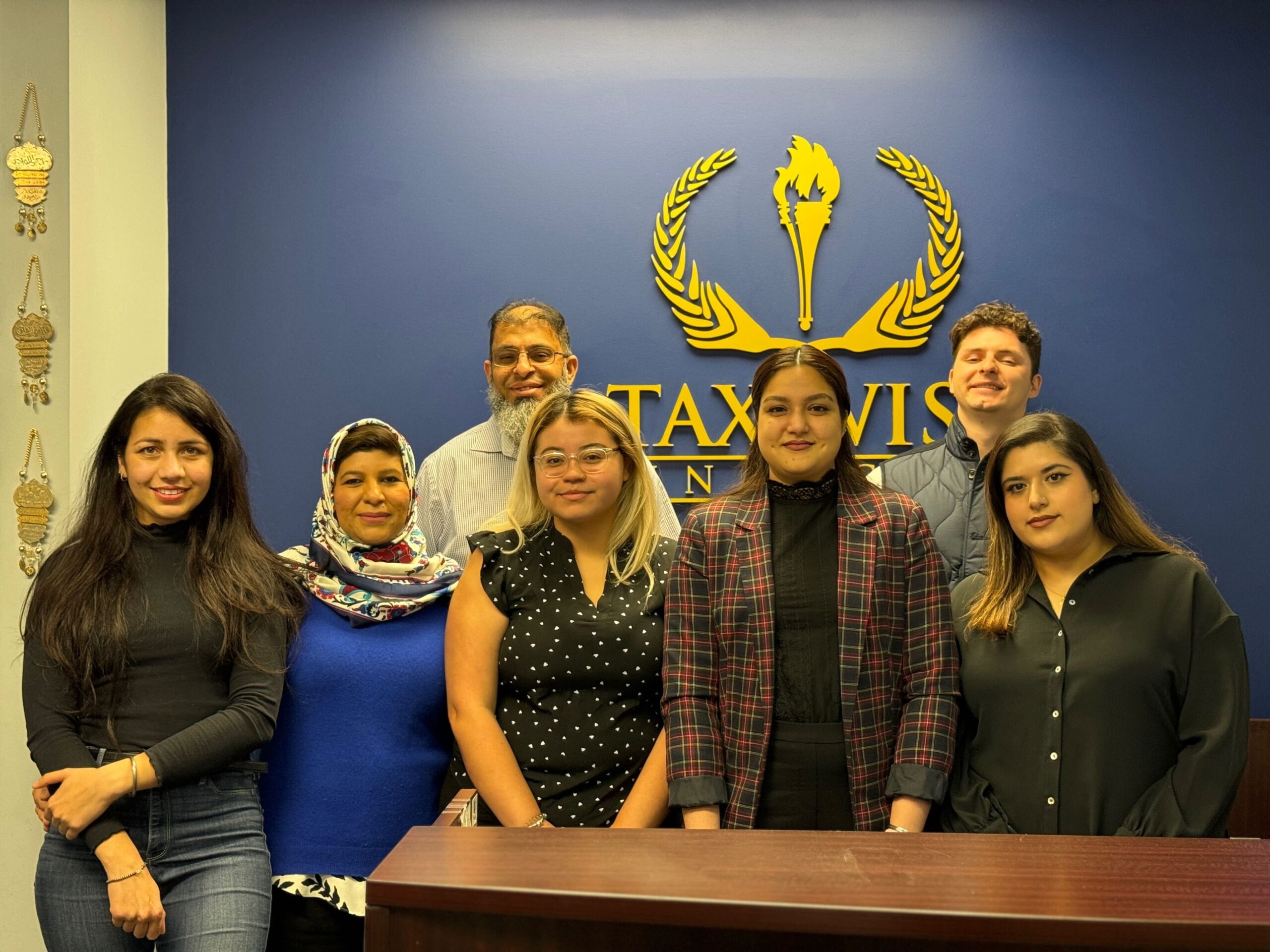
Page 1: What Are Opportunity Zones?
In the United States, some areas need help to grow. These places are called opportunity zones. The government started a program in 2017 to help these areas. If people or businesses invest money in them, they can get tax breaks. This program is still a big deal in 2025.
One way to save on taxes is by using opportunity zones for capital gains deferral. But what does that mean?
First, let’s explain capital gains. A capital gain is the profit you make when you sell something like stocks, real estate, or a business. Normally, you have to pay taxes on that profit. But if you take your money from that sale and invest it in an opportunity zone, you might be able to wait before paying taxes—or even reduce how much you owe.
This helps two groups at the same time:
- Investors, who can lower their tax bills.
- Communities, which get more money to grow businesses, build homes, and create jobs.
Page 2: How Capital Gains Deferral Works
Let’s dig deeper into using opportunity zones for capital gains deferral.
Step 1: Make a Capital Gain
You must sell something like stocks, land, or property. If you make a profit, that’s a capital gain. Let’s say you sold stock and made $100,000 in profit. Normally, you’d owe taxes on that money right away.
Step 2: Invest the Gain in a Qualified Opportunity Fund (QOF)
You don’t invest directly in the opportunity zone. Instead, you put your money into a Qualified Opportunity Fund. This fund will then invest in buildings, companies, or land inside an opportunity zone.
You must invest the gain within 180 days of selling your asset. If you miss that window, you lose the chance to defer taxes.
Step 3: Enjoy the Tax Benefits
Here’s where using opportunity zones for capital gains deferral really helps:
- You delay paying taxes on your gain until the end of 2026 or when you sell your QOF investment, whichever is first.
- If you keep your money in the QOF for at least 10 years, you won’t have to pay taxes on any new gains made from the QOF investment. That’s a huge benefit!
Let’s go back to our $100,000 example:
- You invest it in a QOF in 2025.
- You don’t pay taxes on that $100,000 until 2026.
- If your investment grows and is worth $200,000 by 2035, you won’t pay taxes on the $100,000 profit made inside the QOF.
That’s the power of using opportunity zones for capital gains deferral.
Page 3: Rules, Risks, and Real Examples
Rules You Must Follow
To get the tax break:
- You must use a Qualified Opportunity Fund.
- You have 180 days to invest your gain.
- The fund must put most of its money into the zone—usually 90% or more.
- You must hold your investment for 5, 7, or 10 years to get full benefits.
The government checks to make sure people follow these rules. If not, investors may lose the tax deferral or face penalties.
Risks to Think About
Investing always has risks. Opportunity zones are often in areas that need a lot of improvement. That means:
- Projects might fail.
- Property values might not go up.
- You could lose some or all of your money.
Also, laws could change. The rules for using opportunity zones for capital gains deferral may not stay the same forever. That’s why it’s smart to talk to a tax expert or financial advisor before you invest.
Real-World Example
In Atlanta, Georgia, an old warehouse sat empty for years. A developer used a Qualified Opportunity Fund to turn it into apartments and stores. The project gave new life to the neighborhood and created jobs.
At the same time, the investor got a big tax break by using opportunity zones for capital gains deferral. That’s a win-win.
Final Thoughts
Using opportunity zones for capital gains deferral is a powerful tool in 2025. It can help you delay or even avoid paying taxes on gains. At the same time, your money goes into projects that improve struggling communities.
Just remember:
- Act within the time limit (180 days).
- Use a Qualified Opportunity Fund.
- Hold your investment for the long term (10 years is best).
- Talk to a professional before making big moves.
Opportunity zones can be confusing, but they’re also a smart way to grow your money and help others. If done right, they turn tax problems into new chances for wealth and community growth.


